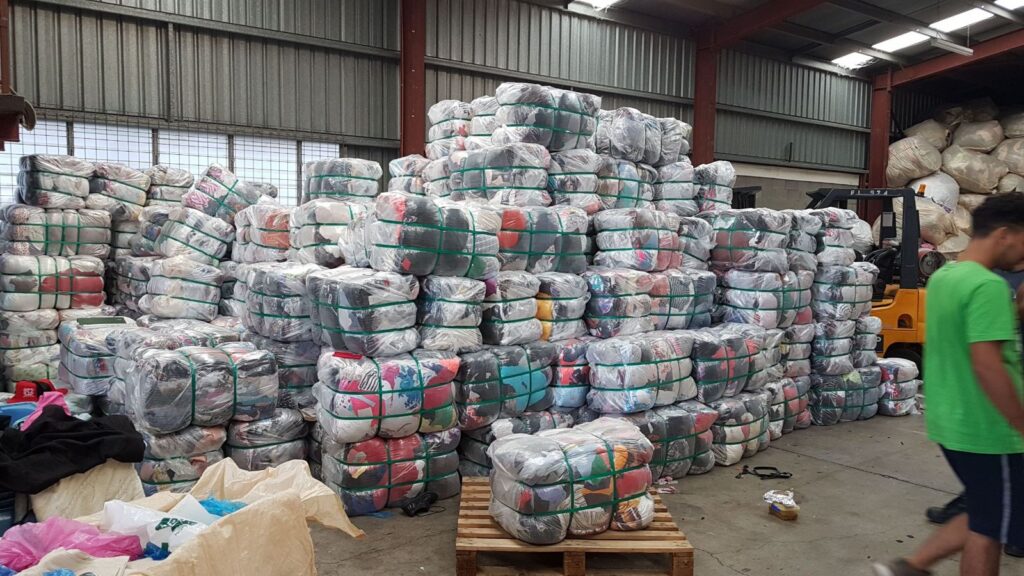“Reviving Threads, Renewing the Earth: Australia’s Fashion Industry Takes a Sustainable Turn!”
Introduction:
In recent years, the fashion industry has faced increasing scrutiny for its environmental impact. From water pollution to waste generation, the negative consequences of fast fashion are undeniable. However, Australia has taken important steps towards a more sustainable future by embracing textile recycling. With an auction like “Reviving Yarns, Renewing the Earth”, the country’s fashion industry is ready to lead the way in creating a circular economy for textiles.
The textile recycling revolution:
Traditionally, textile waste has contributed significantly to landfills, but Australia is changing that narrative. Textile recycling involves the process of collecting, sorting, and reprocessing discarded textiles into new products, reducing waste and conserving resources. This innovative approach is transforming the fashion industry and promoting sustainable practices throughout the supply chain.
Collection and Classification:
The first step in textile recycling is to collect and sort garments and textiles. Clothing donation bins, recycling centers and even innovative initiatives like clothing swap events are helping prevent textiles from ending up in landfills. These collected items are then sorted based on their condition, type of fabric, and potential for recycling or reuse. By ensuring proper sorting, Australia is able to maximize the value and potential of each discarded item.
Reprocessing and Upcycling:
Once the textiles have been classified, they undergo reprocessing to transform them into new products. Advanced technologies allow the breakdown of fibers, which can then be spun into new yarns. These yarns can be used to create various textile products such as clothing, accessories, and home furnishings. Additionally, creative designers and artisans are exploring upcycling techniques, giving old garments new life into unique and fashionable pieces.
Closing the Cycle: Circular Fashion:
Australia’s approach to textile recycling aligns with the concept of circular fashion, a sustainable approach that aims to create a closed-loop system, minimizing waste and maximizing the life of garments. By integrating recycling into the fashion industry, Australia paves the way for a circular economy. The circular fashion movement promotes the reduction, reuse and recycling of textiles, ensuring that valuable resources are not wasted and that environmental impact is significantly reduced.
Collaboration and Awareness:
To truly revolutionize the textile recycling landscape, collaboration is key. Government entities, fashion brands, recycling organizations and consumers all have a role to play. Governments can implement policies and regulations that encourage recycling and discourage wasteful practices. Fashion brands can prioritize sustainable production, embrace recycled materials, and educate their customers on the importance of responsible fashion choices. Recycling organizations can invest in infrastructure and research to improve recycling technologies. And consumers can make a difference by opting for secondhand clothing, donating unwanted items, and supporting brands that prioritize sustainability.
Conclusion:
As the fashion industry grapples with its environmental impact, Australia’s commitment to textile recycling stands out as a shining example. With its catchphrase, “Reviving Threads, Renewing the Earth,” Australia’s fashion industry is embracing sustainability and driving change. By embracing textile recycling, Australia is not only reducing waste, but also creating new opportunities for creativity and innovation. RAIS INDUSTRIES are leading the way for Australia’s vision of a circular economy. Through collaboration and a collective commitment to responsible fashion choices, we can transform the industry and ensure a more sustainable future for generations to come.

